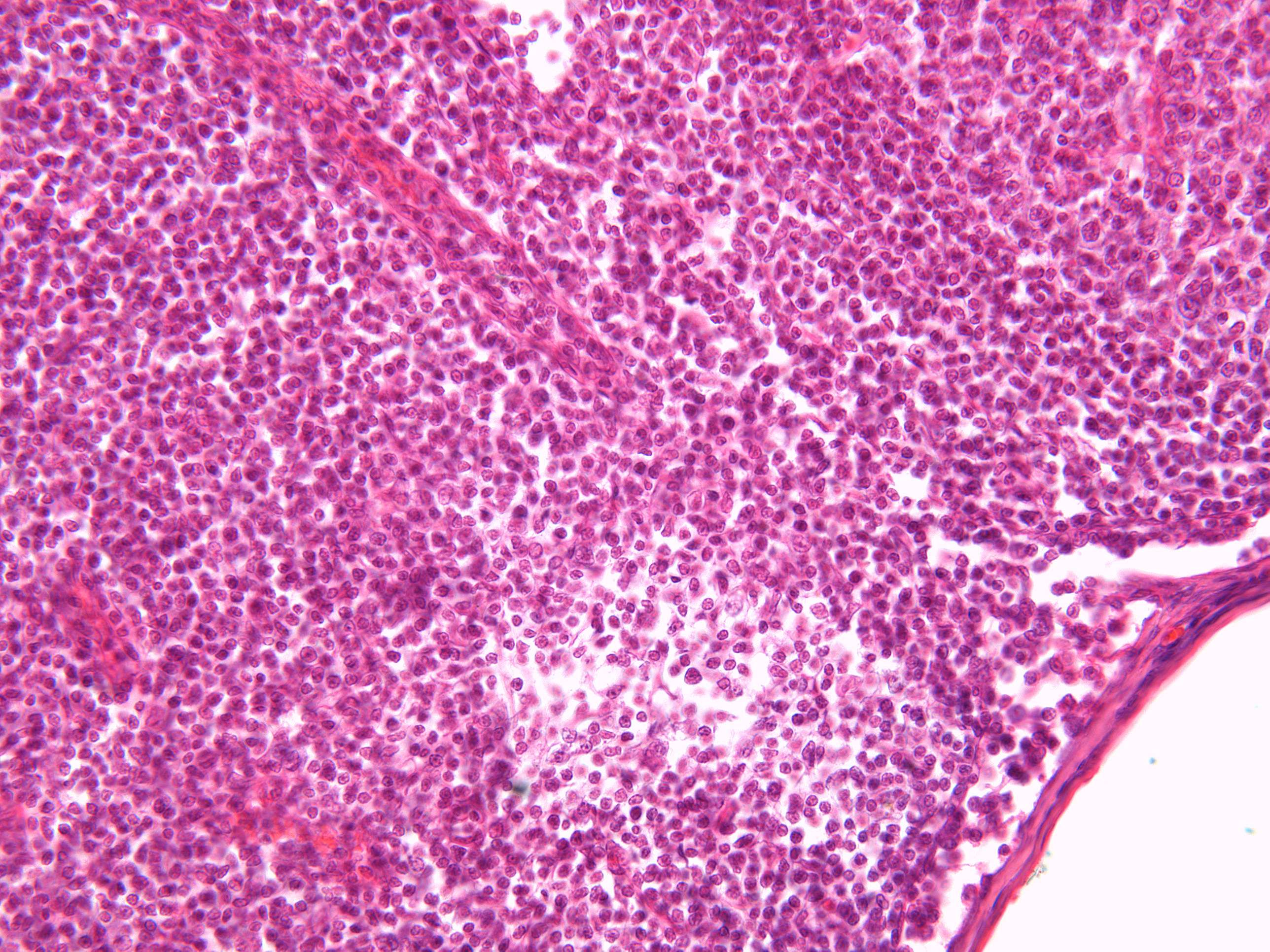High endothelial venules (HEVs) (400X)
Histologically, HEVs exhibit a unique appearance. Unlike regular venules, HEV endothelial cells are cuboidal or columnar in shape, fostering stronger interactions with immune cells. These specialized cells boast a thick glycocalyx, a layer of glycoproteins and proteoglycans, enhancing interactions between immune cells and the endothelium. HEVs also express specific molecules called addressins on their surface, crucial for guiding immune cell migration. This histological distinctiveness enables HEVs to serve as gateways, facilitating the targeted entry of immune cells into lymphoid tissues and thereby contributing significantly to effective immune surveillance and response.


